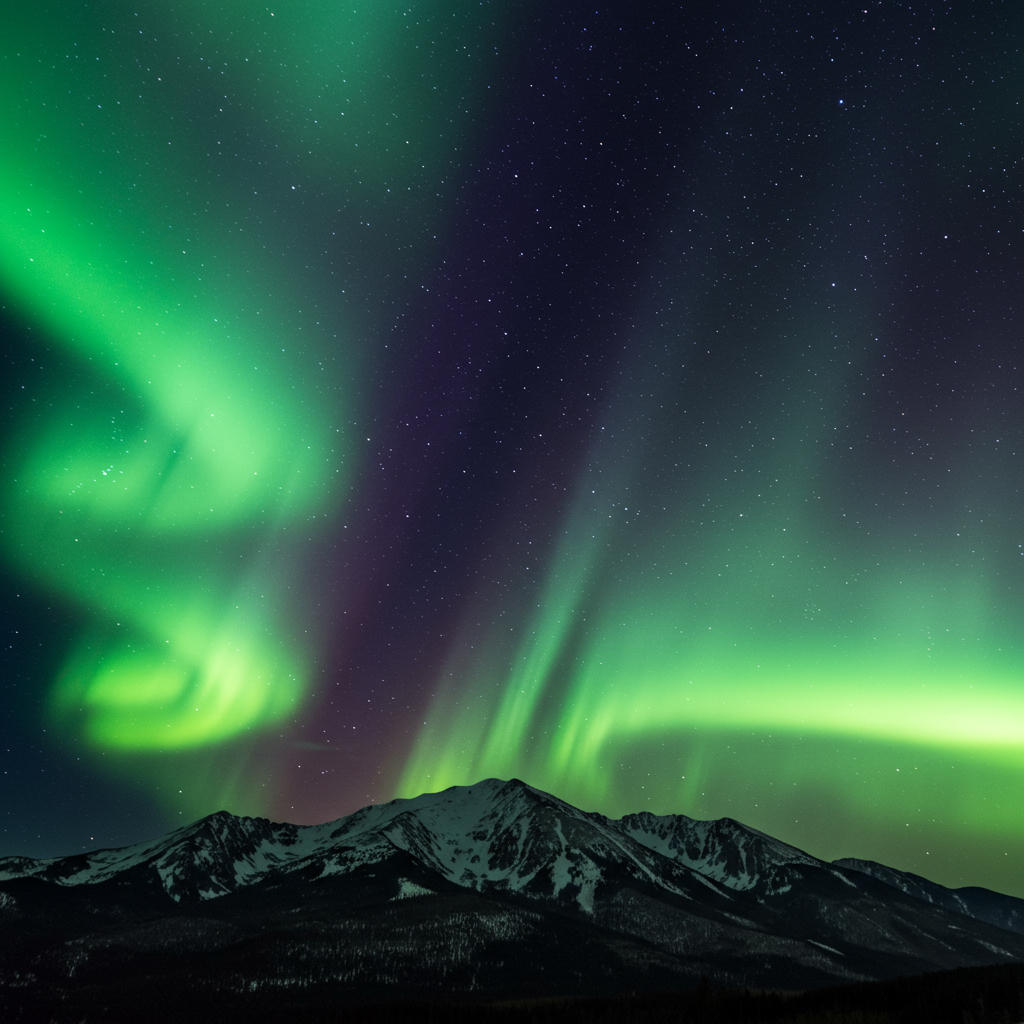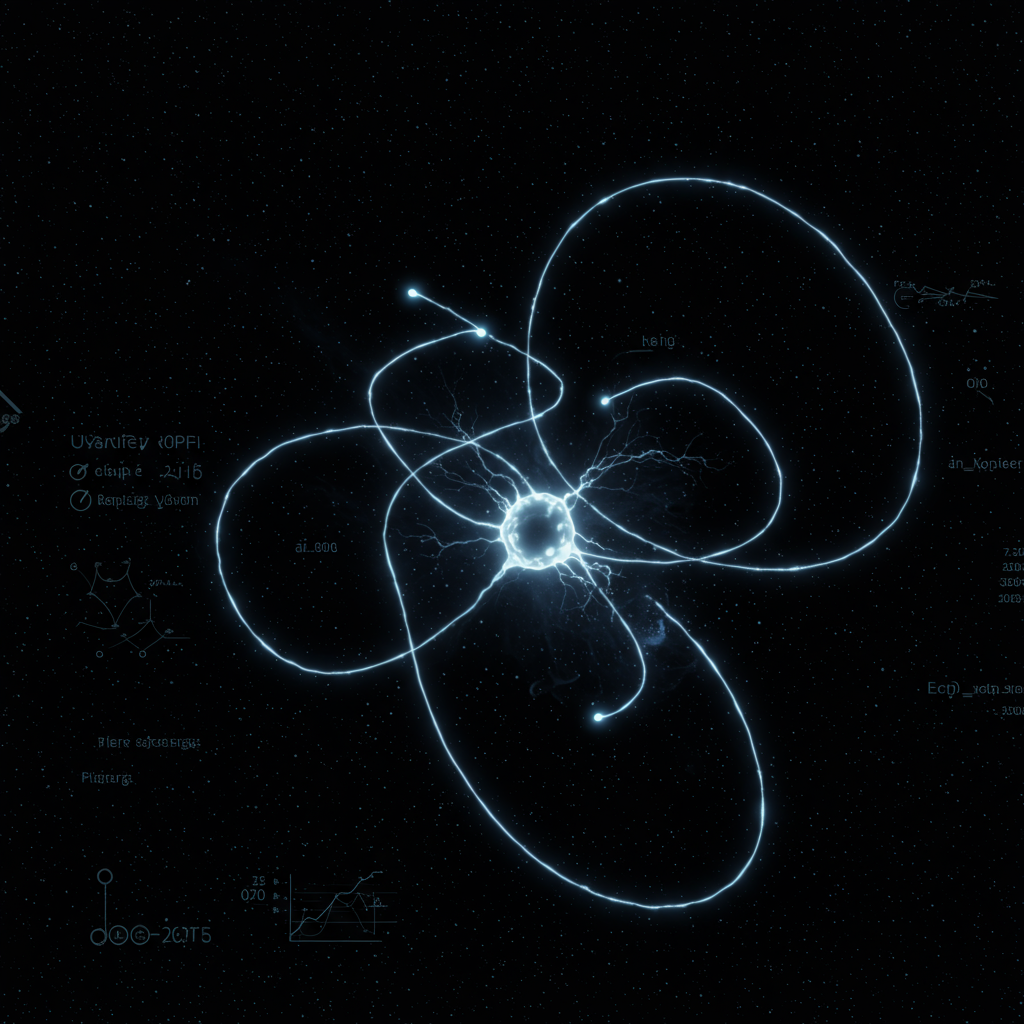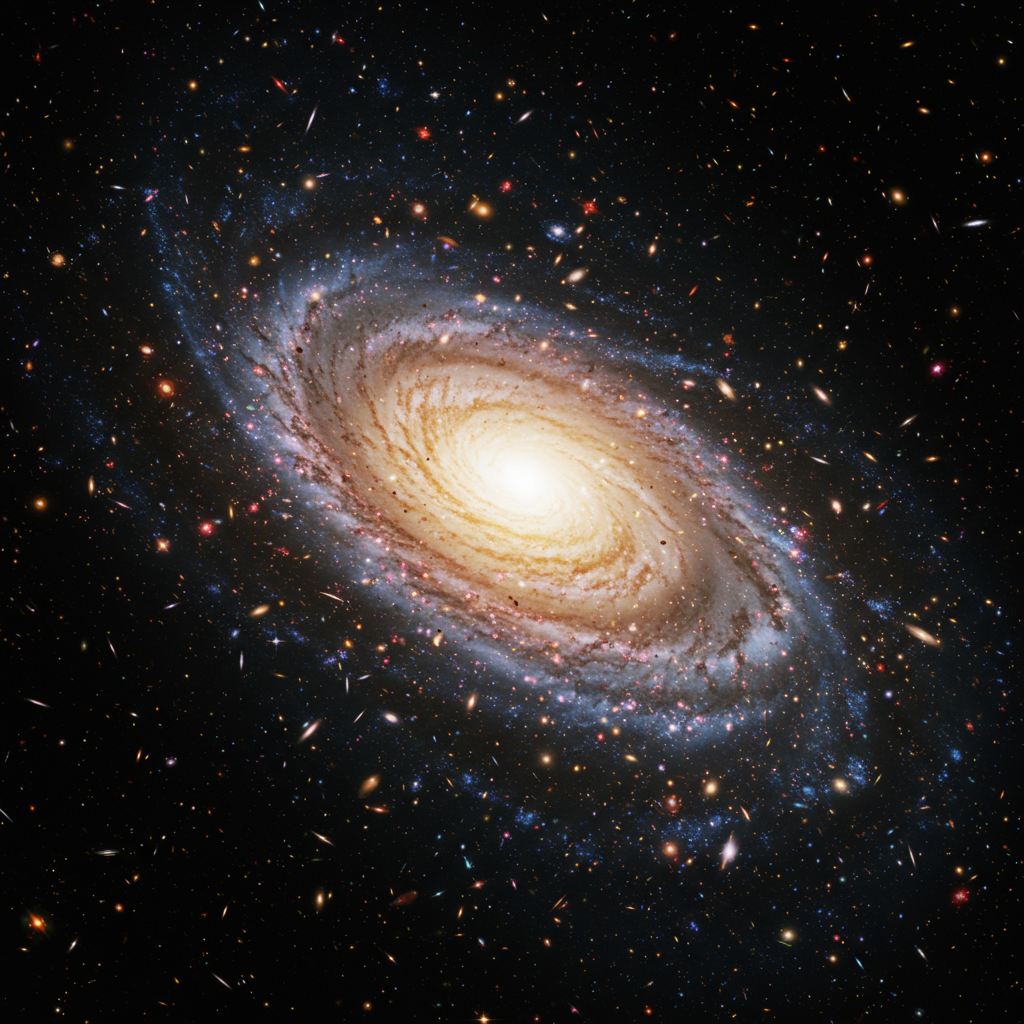Get ready for a potential celestial show! The Northern Lights, or aurora borealis, could be visible across parts of the United States tonight and throughout the weekend. Up to 18 states might have a chance to see the stunning display as turbulent space weather impacts Earth’s magnetic field, pushing the aurora farther south than usual.
This forecast offers an exciting opportunity for skywatchers across the northern U.S., provided local conditions like clear skies and minimal light pollution cooperate.
Why Now? The Science Behind the Display
Auroras are caused by charged particles from the sun interacting with Earth’s magnetic field and upper atmosphere. When solar activity increases, these particles become more energized, creating geomagnetic storms. During these storms, the typical “aurora oval”—the ring-shaped zone where auroras usually form around the poles—can expand and shift southward.
The current potential for increased visibility is due to ongoing dynamic space weather. Earth was recently impacted by a solar storm overnight on June 12-13, which reached moderate geomagnetic storm levels. Furthermore, a turbulent region in the solar wind, known as a co-rotating interaction region (CIR), is expected to reach Earth around June 14, adding to the disturbance. High-speed solar wind streaming from a large coronal hole on the sun is also contributing to the unsettled conditions.
NOAA’s Space Weather Prediction Center (SWPC) has issued a Moderate (G2) Geomagnetic Storm Watch for June 14. Geomagnetic storms are ranked on a G-scale from G1 (Minor) to G5 (Extreme). A G2 storm is significant enough to potentially drive the aurora oval southward, making it visible in areas not typically accustomed to seeing it. While G2 is the primary forecast, there’s a slight chance conditions could escalate to a Strong (G3) storm over the weekend, which could push the lights even farther south. This active period coincides with the current high level of solar activity known as solar maximum.
Which States Could See the Aurora This Weekend?
Based on forecasts from NOAA’s Space Weather Prediction Center, residents in the following 18 U.S. states may have a chance to witness the Northern Lights this weekend. Visibility can vary greatly depending on the storm’s actual intensity and your local conditions. A stronger storm escalation could potentially push the view line slightly further south into nearby areas.
Here are the states with potential visibility (generally ordered from most likely to least likely based on proximity to the expected aurora oval):
Alaska
Montana
North Dakota
Minnesota
Wisconsin
Michigan
South Dakota
Maine
Vermont
New Hampshire
Idaho
Washington
Oregon
New York
Massachusetts
Connecticut
Rhode Island
Wyoming
Remember, clear skies are essential for seeing the aurora, regardless of geomagnetic activity.
Maximizing Your Chances: Essential Viewing Tips
Even with a favorable forecast, seeing the Northern Lights requires planning and patience. Here’s how to increase your chances:
Find Darkness: Get as far away from city lights as possible. Light pollution is the biggest obstacle to seeing fainter auroras. Find a location with a wide, unobstructed view of the northern horizon.
Timing is Crucial (Especially in Summer): With the summer solstice approaching (around June 20/21), nights are very short across the northern latitudes. The best window for potential viewing will likely be in the early morning hours, typically between 1 a.m. and 2 a.m. local time, when the sky is at its darkest point.
Be Patient: Auroras can be unpredictable and appear suddenly. Spend some time watching the northern sky if conditions are favorable.
Consider Photography: In late June’s limited hours of darkness, the aurora might appear more like a grey or white arc to the naked eye, particularly during twilight. Cameras (such as DSLRs, mirrorless cameras, or even newer smartphone models with good night modes) are often more sensitive and can capture the vibrant colors and structure, making photography a great way to experience the event even if the naked-eye view is subtle.
- Track the Forecast: Stay updated on space weather conditions using dedicated aurora forecasting apps like “My Aurora Forecast & Alerts” or “Space Weather Live.” You can also check the NOAA SWPC website for real-time forecasts and potential aurora view lines based on your location.
- www.space.com
- www.forbes.com
- www.livescience.com
- dailygalaxy.com
- www.space.com
While viewing is never guaranteed, the potential for Northern Lights visibility across these 18 states presents an exciting opportunity this weekend. Keep an eye on the forecasts, find a dark spot, and good luck with your skywatching!




